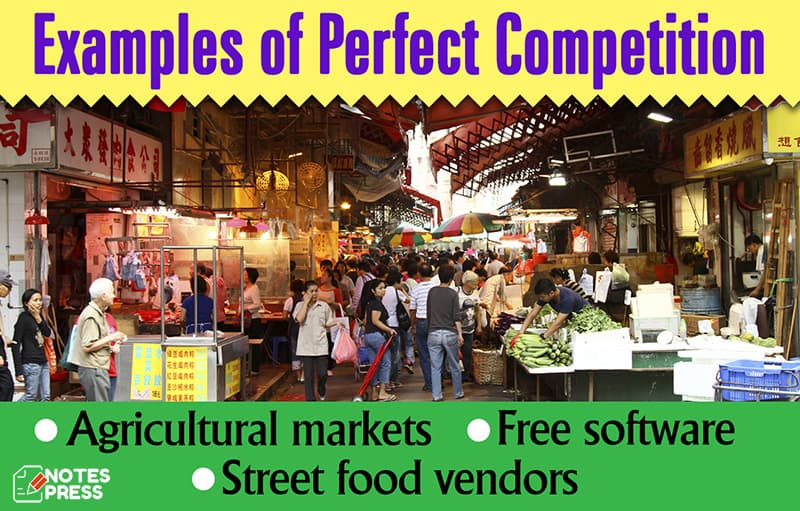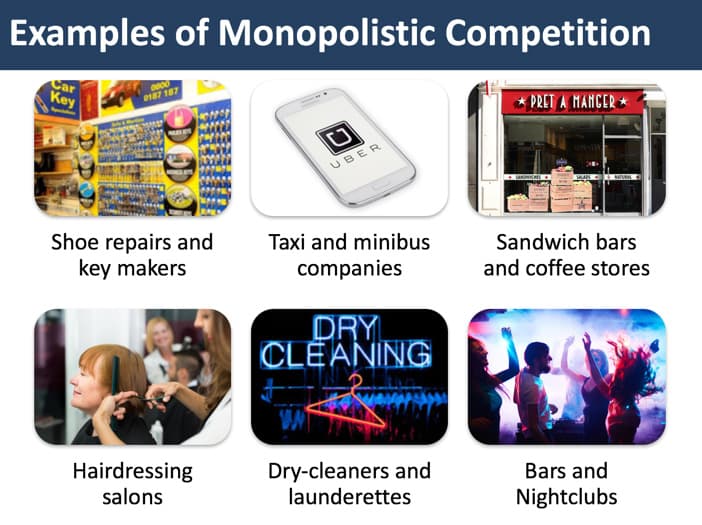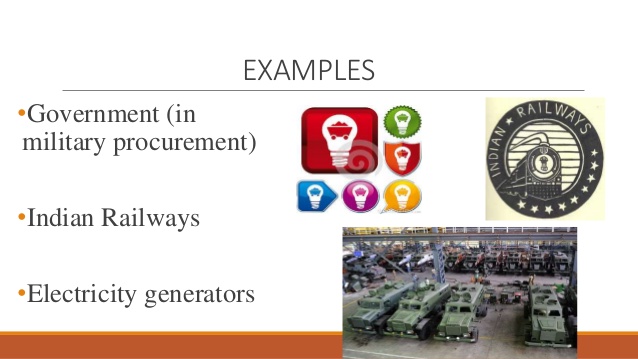Market: Definition, Features and Types of Market | Economics
In general terms, Market refers to a particular place where buyers and sellers get together to purchase and sell goods.
WHAT IS MARKET IN ECONOMICS?
In economics, the term market doesn’t refer to any specific place but it refers to a place for commodity or commodities. It is a wide area where buyers and sellers gather together or they may come in contact through the means of communication such as phone, fax, internet and so on to purchase and sell the goods. It creates the potential for buyers and sellers transaction to take place. For the market to be competitive it is necessary to have more than one buyer or seller.
According to Jevons – “Originally a market was a public place in a town where provision and other objects were exposed for sale, but the word has been generalized so as to mean anybody or persons, who are in intimate business relation and carry on an extensive transaction in any commodity.”
The definition of a market in economics has a very wide scope. Market structures depend on competition levels and the nature of these markets. The determinants of market structures are the nature of the goods and products the number of sellers, the number of consumers, the nature of the product or service, economies of scale, degree of competition, etc.
FEATURES OF MARKET IN ECONOMICS
Following are some of the essential characteristics of the market in economics:
- One Commodity
- An Area
- Buyers and Sellers
- Sound Monetary System:
- One Price
One Commodity
Since the market doesn’t refer to any particular place but it refers to a particular product. therefore, there are distinct markets for different commodities. For example, wheat, clothes, shoes, glasses, etc.
An Area
A market doesn’t refer to just only one place. It can be anywhere either the state or the whole region for the transaction to take place.
Buyers and Sellers
To operate in the market what we all need is the potential buyers and sellers. The presence of buyer and seller is necessary for the market.
Sound Monetary System
The sound monetary system should be prevailing in the market. It means that the money exchange system should be there in the market. Generally, in the market, all the purchases and sales of goods happen only with the exchange of money.
One Price
One price of the product is only possible when there is free competition among the buyers and sellers. One price can only come into existence when there is perfect competition and not otherwise.
TYPES OF MARKET IN ECONOMICS
Most notably, we need to understand the fact that not all the concepts of market structure exist in reality some are just theoretical. The five major types of market systems are
- Perfect Competition
- Monopoly Competition
- Monopolistic Competition
- Oligopoly
- Monopsony
1. Perfect Competition
Perfect competition is a type of market structure that is characterized by many different buyers and sellers. there are free entry and exit of new firms in the market, as well as substitutes goods, are available. Individual firms or sellers can not influence the price. The firms are just the price taker and quantity adjuster. So, in this market price remains constant whatever the units are sold. Agricultural markets are examples of nearly perfect competition.

Perfect Competition is based on the following assumptions:
- The huge number of buyers and sellers
- The second assumption of perfect competition is that all sellers sell homogeneous products
- No Discrimination
- Perfect Mobility
- All the firms are only motivated toward profit maximization
- There is no concept of consumer preference
Also Read: Perfect Competition is a Myth But Monopolistic Competition is Reality
2. Monopoly Competition
The word monopoly is derived from the Greek word “mono” which means one and “poly” means the seller. It’s a market structure where there is a single seller or producer. Being a sole seller the seller has full control over the supply of the goods, the seller is a price maker. price can be increased or decreased due to the sole right in the supply of the commodity. For example, Microsoft and Windows, DeBeers and Diamonds.
The basic assumptions of monopoly competition are:
- There is one seller or producer of homogeneous products
- Seller influence on the price
- Price discrimination
- There are no close substitutes for the product
- Maximum profit with minimum costs
- A downward-sloping demand curve
- Market power
3. Monopolistic Competition
Monopolistic Competition is a market system that combines the elements of both monopoly and perfect competition. The only difference is the competitor is amply differentiated from the others and some can charge a high price to pay than a perfectly competitive market.
This concept of market structure does actually exist in the real world. In monopolistic competition, there is a large number of buyers as well as sellers. But they all do not sell homogeneous products. The products are very similar but all sellers sell slightly differentiated products. Fast Food companies like McDonald’s, Burger King, Pizza hut, Dominos, etc in the market are the most common examples of monopolistic competition.

The monopolistic Competition system is based on the following assumptions:
- A large number of sellers and buyers in this market system.
- The prices of factors and technology are given.
- The main motive of the firm is profit maximization.
- There are free entry and exit of firms in the group.
- The products of the producer are differentiated, but they are close substitutes of one another.
4. Oligopoly
Oligopolistic Competition is a competitive situation in which there are only a few sellers. It is similar in many ways to a monopoly. The buyers are far greater than the sellers. Oligopolists do not have the same pricing power as monopolists have. In India, the market of automobiles, cement, steel, aluminum, etc, are examples of oligopolistic markets.

The oligopolistic competition assumptions of oligopoly are :
- The producers do not engage in price competition, but they watch each other’s pricing
- It is based on group behavior
- Firms are only looking to protect and maintain their market share
- Industries are dominated by a few firms
- Many buyers
- Restricted entry
5. Monopsony
Monopsony is the type of market system where there is only one buyer. It means there are only one buyer and many sellers. There are no alternative buyers. Monopsony employer has market power in hiring workers. A monopsony market system is where the producer has market power in employing factors of production. Monopsony also has imperfect market conditions. For example, a company coal town, where the coal company acts the sole employer and therefore the sole purchaser of labor in the town.

Monopsony market system is based on the following assumptions:
- A single entity to have market power over the sellers.
- Wage discrimination
- Minimum wage
